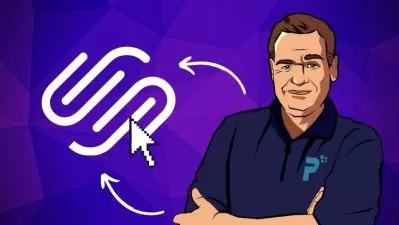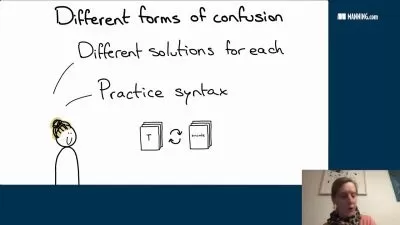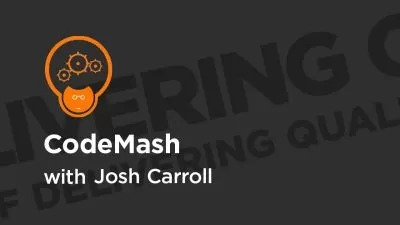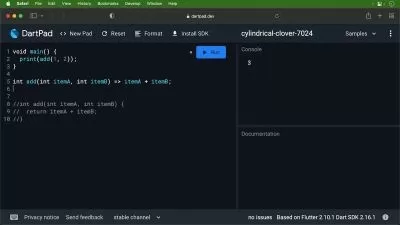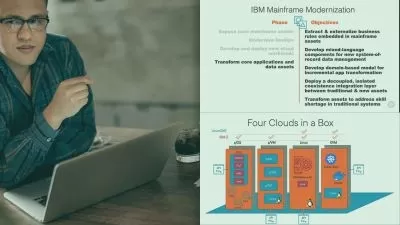JCL Fundamentals on z/OS
Dave Nicolette
2:51:45
Description
JCL is one of a handful of core technologies fundamental to working with z/OS on an IBM Z system. It's the language that controls the execution of batch jobs. You must have a working knowledge of JCL in order to do any work on that system.
What You'll Learn?
JCL is one of a few core technologies that are fundamental to working within an IBM Z mainframe system. In this course, JCL Fundamentals on z/OS, you will learn the foundation for using JCL to run batch jobs on the IBM Z. First, you will discover how to execute programs, define resources (datasets) used by those programs, and control the steps of a job based on the results of previous steps. Next, you will explore how to use catalogued procedures for common, repetitive sequences of JCL statements. Then, you will uncover how the Job Entry Subsystem (JES) processes JCL statements and how the system interprets the specifications you define in your JCL. Finally, you will know where to find IBM documentation about more-advanced JCL features, error codes, and other details. By the end of this course, you will be able to read and understand, write, modify, and submit JCL under z/OS. Note: There is no way to run JCL or the system utilities used in the exercises on systems other than IBM Z. To run your jobs, you will need access to a z/OS instance on a mainframe. If you are learning mainframe technology for your employer, they may provide you with access to a mainframe system where you can practice writing JCL and running jobs.
More details
User Reviews
Rating
Dave Nicolette
Instructor's Courses
Pluralsight
View courses Pluralsight- language english
- Training sessions 41
- duration 2:51:45
- level preliminary
- Release Date 2023/12/15










